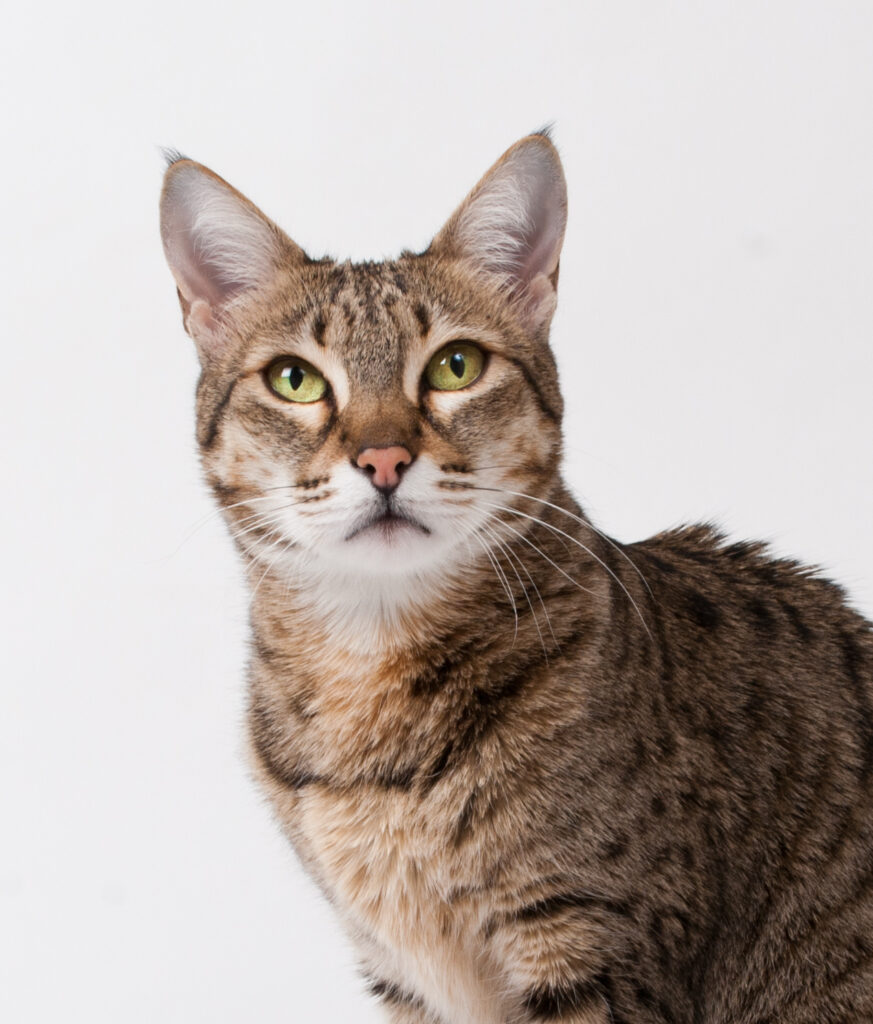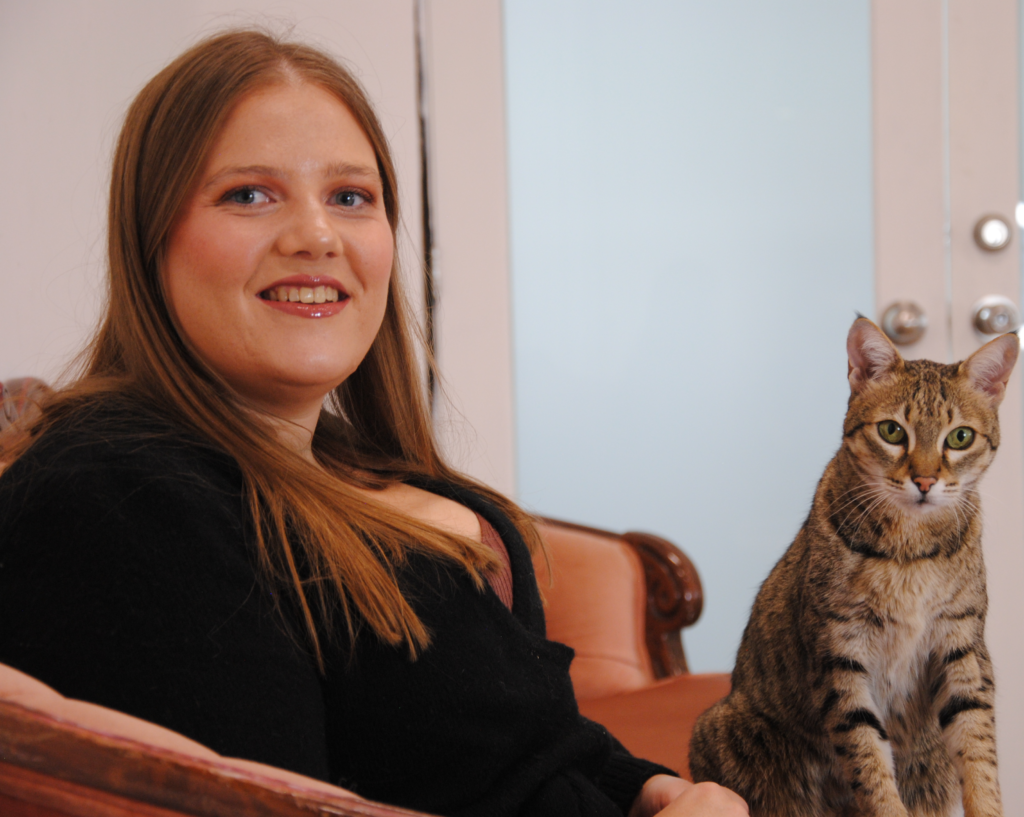Cats are known for their mysterious nature and perplexing mood swings, all while being touted as a low maintenance and an easy companion. So which is it? Are they easy and low maintenance? Or confusing and prone to spiteful tendencies?
The truth is that cats are essentially wild animals that we have welcomed into our homes. What makes them seem mysterious and perplexing is their unique and subtle body language style. Their natural instincts can make them seem spiteful when in reality, they are responding to events in the home instinctually. When these instincts are considered in addition to adjustments in the home, it becomes simpler to achieve peace.
So what causes a cat to “act out”? The most common culprit of what many consider to be inappropriate behaviours is an environment that isn’t set up to meet the cat’s needs. Each cat is an individual, and as such, will have their own preferences in their environment. While some cats are very social and thrive with other cats, others need more space. Some cats love to curl up on the couch or in their bed while others are more active and need more stimulation.
The key to resolving unwanted behaviours lies in working with each cat on an individual level and altering the environment to suit their individual needs. For a cat that doesn’t always use the litter box, adding extra litter boxes could resolve the issue. In the case of multi-cat homes, spreading out resources like litter boxes, toys, beds, scratch posts, and food and water dishes can greatly reduce tension and resulting scuffles.
In some cases it may be necessary to implement active training methods. Cats tend to respond very well to positive reinforcement training in addition to environmental changes. Positive reinforcement training can be used to show the cat the desired behaviour using rewards.
With all behaviours, it is important to consider why the cat may be behaving the way they are. In the case of a cat that is spending time on the counter, there are multiple reasons why they may want to be there: food, attention, being at the same height as their person, curiosity at what their person is doing. Positive reinforcement training can be used in conjunction with environmental changes by giving the cat an appropriate place to be in the kitchen that has the same height as the counter. A treat would be used to lure the cat onto the appropriate place, and the cat would receive the treat for moving to this space. By consistently giving the cat food/treats in this space, the cat learns that the only place it gets food in the kitchen is this space, and they will choose to be there.
This solution provides the cat with what they need, which is a place where they can be near their person and see what their person is doing, while staying safe and off the counter.
By considering the wellbeing of the cat, it becomes easier to understand why they are performing a behaviour and subsequently find a solution that is beneficial for all.
Still stumped on how to help your cat with a behaviour concern? Consider reaching out to a professional feline behaviour consultant.

Furry model: Zeddie – Instagram: @zeddiecat
Photo by: Sandusk Studios
Article by Kristin Hulzinga
Kristin Hulzinga has had a love of animals since she was a young child and has spent her whole adult life in various forms of animal care and wellness. As a teenager, Kristin started working in pet stores, later expanding her experience by working at a vet clinic and dog daycare. These experiences allowed Kristin to gain a fascination with animal behaviours.
In 2012 Kristin brought home her first cat, a Savannah named Zeddie. Zeddie ignited a deep love of all things cats and Kristin has happily been a cat lady ever since. Her love of cats drove Kristin to put her focus more on animal behaviour and training, and later to specialize in cat behaviour. In 2018 she began working for Toronto Animal Wranglers with Zeddie, who can be seen in a variety of commercials and tv shows! Kristin is a Certified Feline Training and Behaviour Specialist through the Animal Behaviour Institute and is dedicated to demystifying cats and their behaviour, creating more peaceful environments for cats and their people alike.
Instagram: auntkittycatcoach
Facebook: auntkittycatcoach





